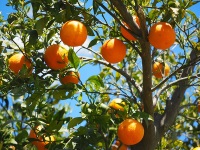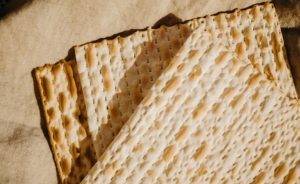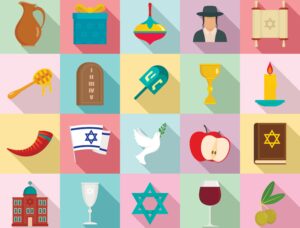Tomorrow night, we’ll celebrate Tu B’Shevat. Literally translated as the 15th of Shevat, it’s the Jewish calendar’s New Year for Trees.
It may sound surprising that something as mundane and ubiquitous as trees should deserve their own holiday among dates as lofty as the Day of Atonement and the Festival of the Pentecost… but nevertheless, our green and brown friends retain their very own holiday.
That’s because in Judaism, trees aren’t viewed as mundane at all. They are so important that the Torah gives explicit laws forbidding the destruction of an enemy’s fruit trees in times of war, and every time wood is mentioned throughout scripture, its provenance is also specified. For example, Noah built his ark from gopher wood, and pieces of the Temple were made from cedar. Accrediting each piece of wood with its species and origin does more than lend fascinating details to the story. It shows that trees are so highly respected, we must be meticulous and compassionate in our use of them.
Tu BeShevat is typically celebrated by eating 15 different types of fruit. Fruit is also highly regarded and respected in Judaism. The Torah carefully details the tiny golden pomegranates which were to be embroidered onto the bottom of the High Priest’s decorated robe, and several books in Prophets mentions different fruits as being the mainstay of exiled or travelling kings and prophets. For example, it is well documented that when King David was fleeing from King Saul, his provisions included tzimukim – raisins.
There is, of course, another famous example of the importance fruit plays in Judaism: the Seven Species. There is no such list given for birds or building materials; the Seven Species alone are regarded highly enough to be put in a class of their own and made native to the Land of Israel. This list includes two grains: together, the seven provide the mainstay of Israelite life in ancient times. They are: wheat, barley, grapes, pomegranates, figs, olives, and dates.
When fruit and trees are viewed as so crucial to the Israelites’ survival, it makes perfect sense that trees get their very own day in Judaism!







